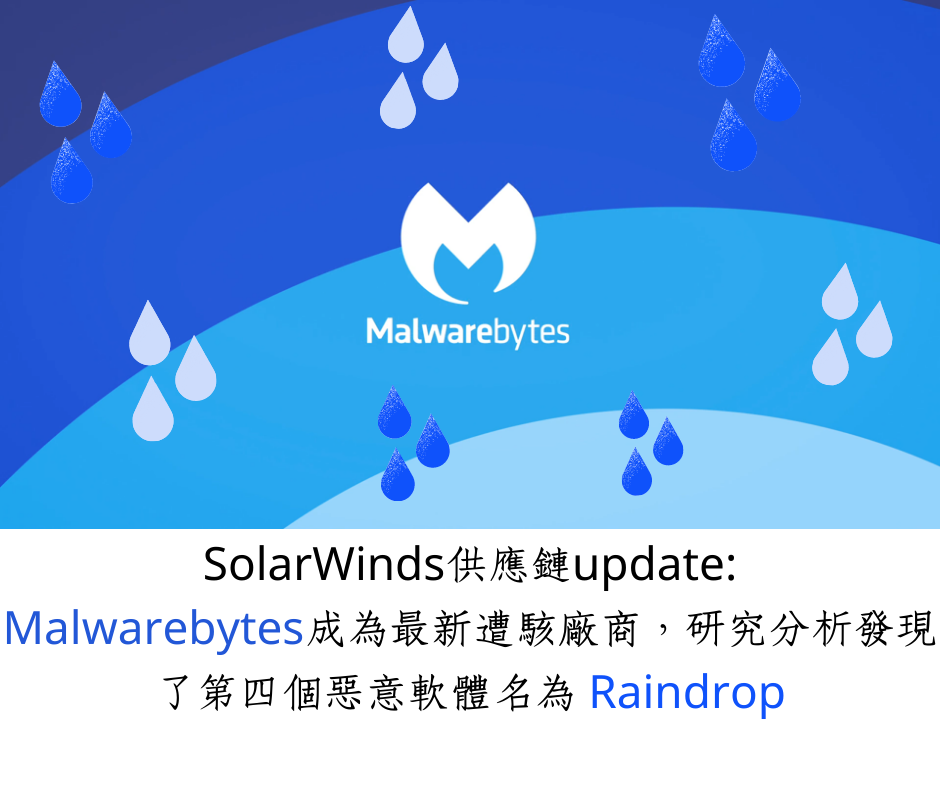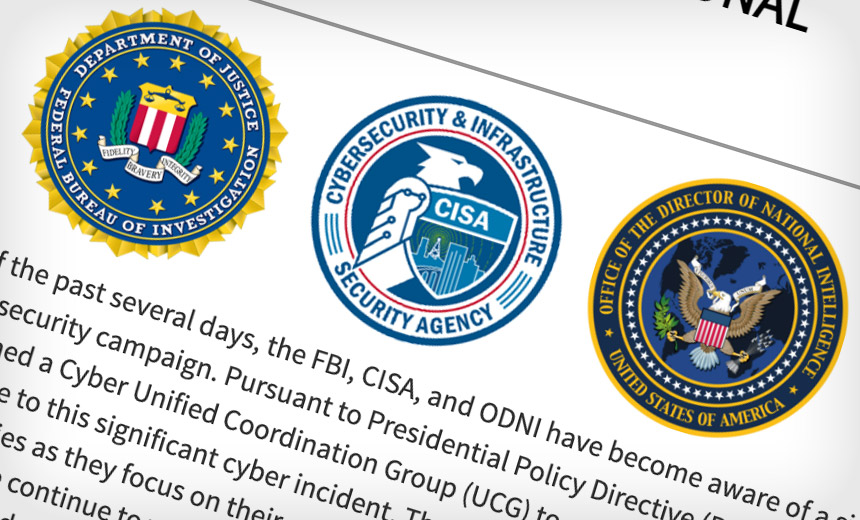

- MALWAREBYTES SOLARWINDS AZURE UPDATE
- MALWAREBYTES SOLARWINDS AZURE SOFTWARE
- MALWAREBYTES SOLARWINDS AZURE CODE
Teardrop was then installed on one of these computers the following day. This has been extensively documented in the victim's case, two computers were compromised in this way.
MALWAREBYTES SOLARWINDS AZURE UPDATE
One victim had SunBurst installed via the SolarWinds Orion update in early July 2020. Instead, it appears elsewhere on networks where at least one computer has already been compromised by Sunburst.
MALWAREBYTES SOLARWINDS AZURE SOFTWARE
The vendor states that MalwareBytes software is still safe to use. All internal Malwarebytes systems showed no signs of unauthorized access or compromise across all on-premises and production environments. This included reverse engineering of their own software.
MALWAREBYTES SOLARWINDS AZURE CODE
Given the supply chain nature of the SolarWinds attack, an immediate investigation was conducted into all Malwarebytes source code and build and deployment processes. Malwarebyte production systems not affected Malwarebytes notes that it does not use Azure cloud services in its production environments.īleeping Computer reported, that the hacker used a self-signed certificate with credentials to the Microsoft Graph service principal account to access the emails. This allowed access to a limited subset of internal corporate email. The investigation revealed that the attackers were exploiting an inactive email protection product within the Malwarebytes Office 365 tenant. Together, the teams then conducted a comprehensive investigation of both Malwarebytes cloud and on-premises environments for activity related to the API calls that triggered the initial alert. Upon notification by Microsoft's MSRC, the Malwarebytes Incident Response Group was immediately activated and Microsoft's Detection and Response Team (DART) was engaged. No evidence of unauthorized access or compromise was found in any of the internal Malwarebyte on-premises and production environments.After an extensive investigation, it is known that the attacker only gained access to a limited subset of the company's internal emails.The MSRC information also stated that the activity was consistent with the tactics, techniques, and procedures (TTPs) of the same advanced threat actor involved in the SolarWinds attacks.Malwarebytes was notified by the Microsoft Security Response Center on December 15, 2020, of suspicious activity by a third-party application in the Microsoft Office 365 tenant.Since Malwarebytes does not use SolarWinds Orion, the attack occurred via a different vector that allows the misuse of applications with privileged access to Microsoft Office 365 and Azure environments.There is evidence that points to an abuse of privileged access to Microsoft Office 365 and Azure environments.Malwarebytes was targeted by state hackers responsible for the SolarWinds operation.Now, about a month later, they reported, that they themselves were victims of this successful hack.

After all, Malwarebytes also provides malware detection software. The article generally listed the available information, which makes sense. Malwarebytes had generally reported the SolarWinds hacking operation involving over 200 victims in the US on December 14, 2020.


 0 kommentar(er)
0 kommentar(er)
